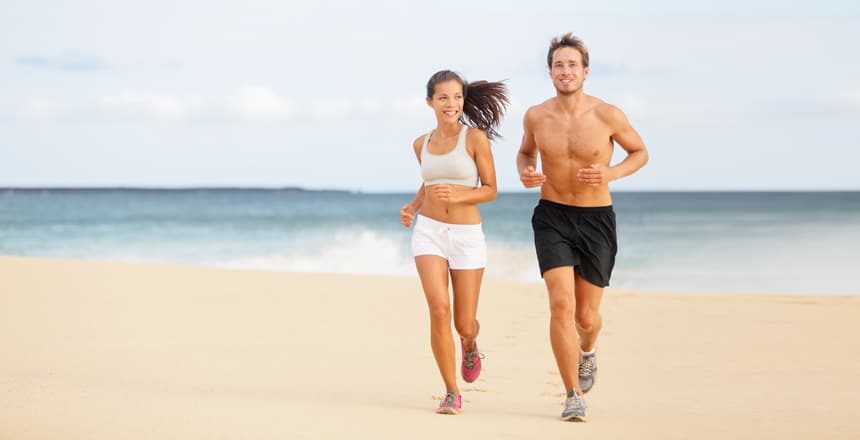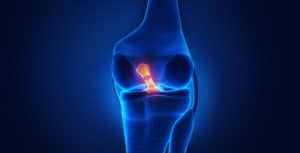Summer’s here! Time to get back outdoors and enjoy the warmer weather. In this month’s article we’ll be having a look at soft sand running.
Walking or running on the sand carries a lot of benefits compared to running on the treadmill or on footpaths.
The nature of sand means a softer surface than concrete, making walking on the beach a great low-impact activity. This is ideal for those who may be experiencing knee osteoarthritis.
But that's not to say its easier by any means.
A beach surface is quite unstable and unpredictable, so your body has to work harder while walking and running. The muscles in your feet and calves are on overdrive – working to generate enough force to propel yourself forward as the surface changes under you. Meanwhile your brain is trying to figure out which motor patterns to use as your feet flick through the sand, while you are prancing around the Blue Bottle fields.
The biomechanics of running on soft sand surfaces are also slightly different. If you are starting off, some basic tips are to:
- Start slow. Begin with a walk or a light jog to allow your body to adapt to the new surface.
- Short periods. Your muscular endurance may not be the same on the sand, so start with small bouts – 10-15mins if you are new to the activity. Especially if your skin is not conditioned to the constant exfoliation!
- Strengthen. If your ankles are an area that seem to give you troubles – adding some basic ankle strengthening exercises can be a good way to work your way up.
Overall soft sand running can be a great way to introduce a challenge to your running program or add that summer flavour to the exercise routine!
For those who want to take it the next step up, the Bondi Barefoot and Manly Soft Sand Classic runs throughout the year.





